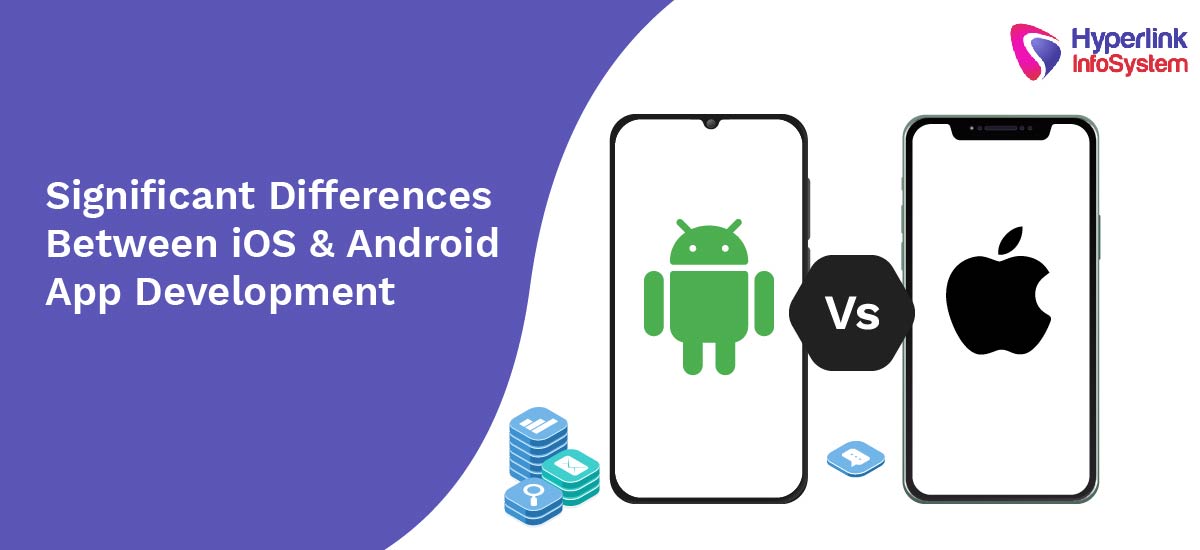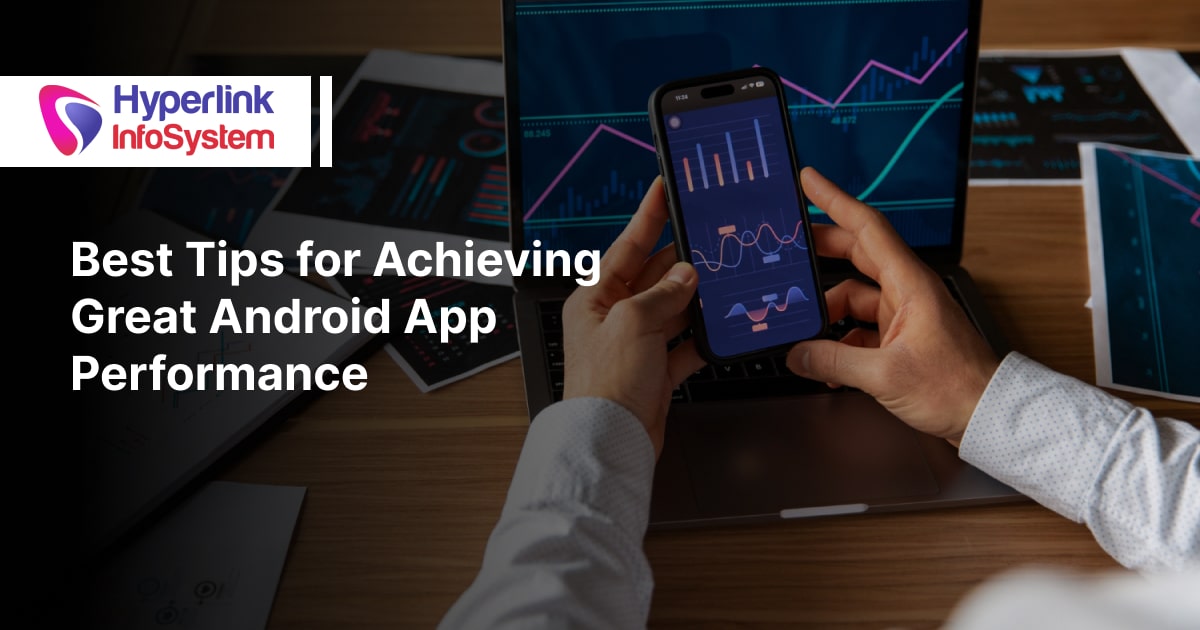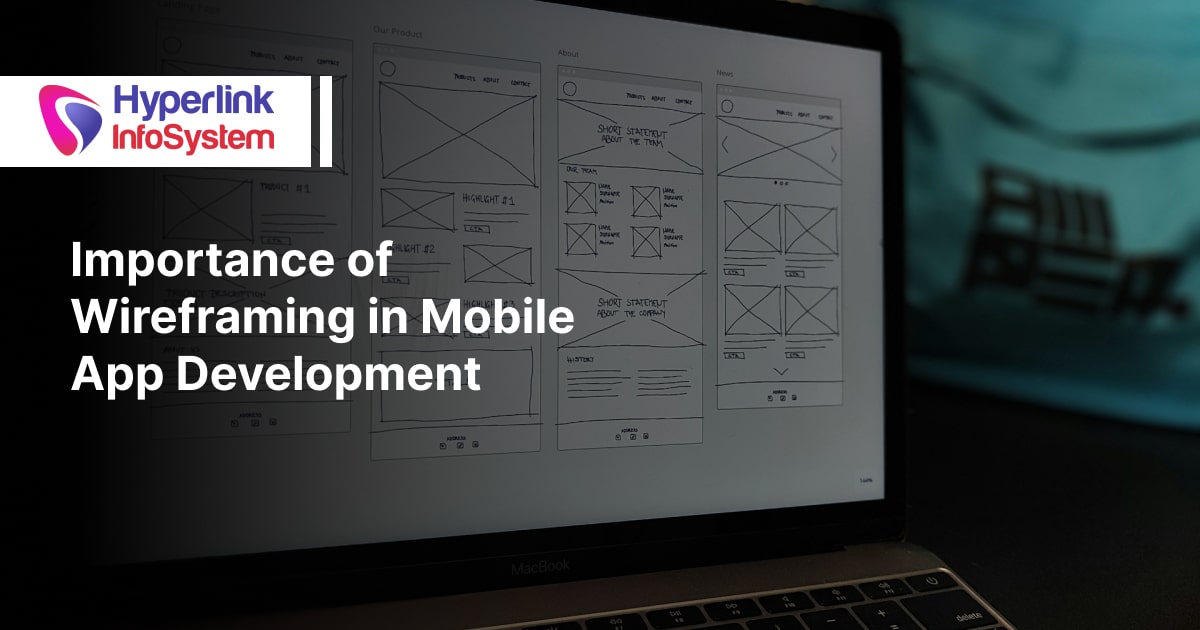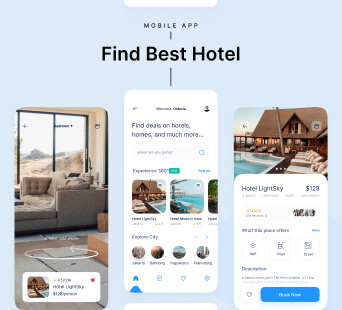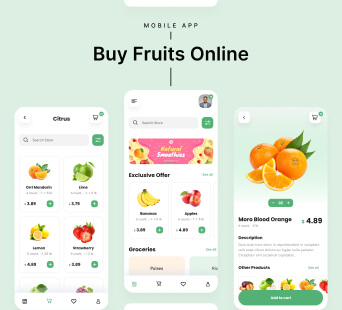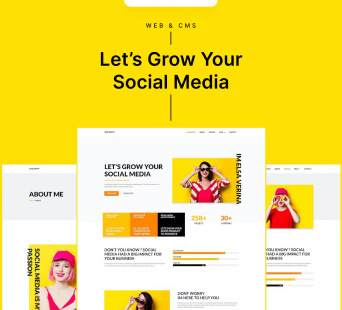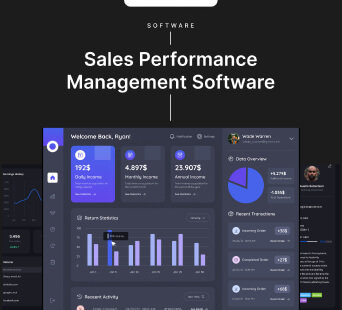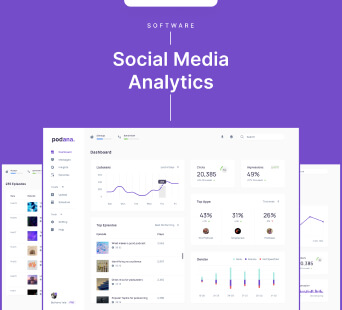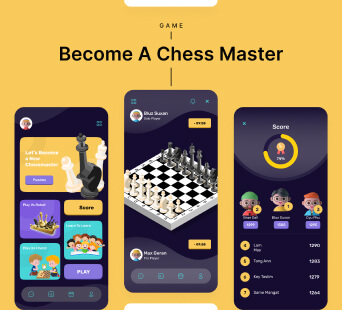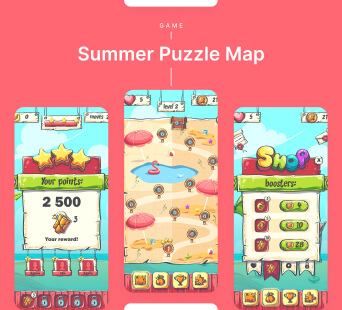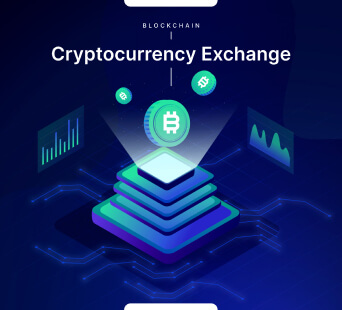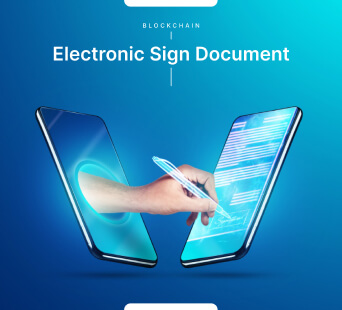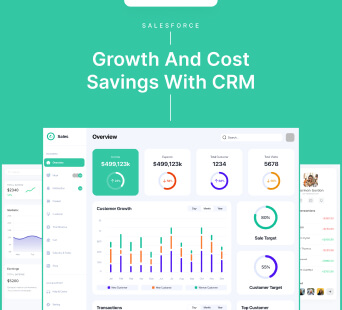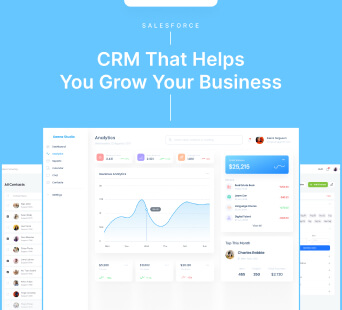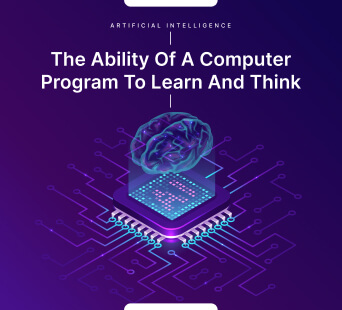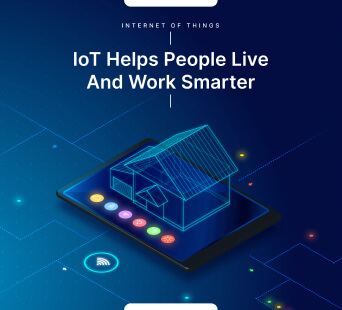Building an app is a challenging & lengthy process. The market for mobile apps is growing due to the increasing demand for smartphones and evolving business needs. Mobile apps have become so pervasive that it seems impossible to imagine our life without them. Thanks to well-designed social media apps like Instagram, Whatsapp, LinkedIn, Twitter, Facebook, and eCommerce apps.
Talking about mobile apps, Android and iOS apps have captivated many of the audience worldwide. iOS and Android developers from mobile app development agency create gorgeous mobile apps, and hence, it is essential to differentiate between the two from the developers' viewpoint. This blog will compare the significant differences between iOS & Android app development to understand the fundamental changes & ascertain a more suitable OS platform to develop your business app.
1. Development Language
The basic difference is the coding language, where Android has Java for developing apps, whereas iOS has Objective- C & Swift to build software & mobile apps. The language doesn't create much pressure on app developers since both have a massive active community size ready to help when difficulty in development hampers the progress. However, coding on Swift is quicker compared to Java. It needs much more time for Java developers to code than Swift ones. However, Kotlin is an excellent alternative to Java. It was created as Java language enhancement: easy to read and intuitive. It is now considered the primary language to develop an Android app.
2. Integrated Development Environment Availability (IDE)
Former developers used the Eclipse tool as an environment for Google-enabled app development. Later Google launched Studio, and all developers began using it due to its superb potential: a vast amount of functionality, cross-platform, great debugging, and simple packaging.
iOS developers from top software companies use XCode while building Apple-powered iOS apps. It is a remarkably productive environment for developing fantastic apps for iPhone/iPad/Mac devices. It even has the potential to discover the errors/mistakes in both logic & syntax & also get the code fixed.
3. Design Philosophy
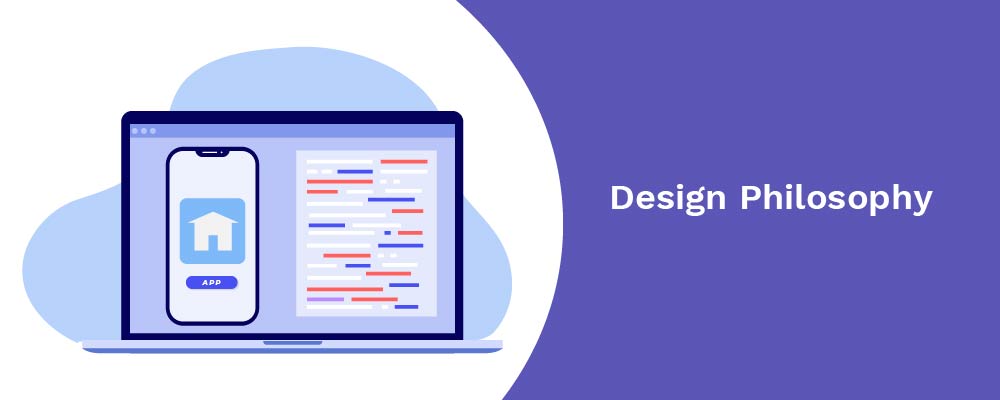
Screen Sizes & Resolution: Apple-based iOS devices have 2 screen sizes with over 3 possible resolutions for iPhone and some for iPad. While Google-based equipment runs on Android, it has a massive no. of screen sizes that lead to a wide range of screen resolutions.
Navigation: Android-based devices navigation bar is positioned left, whereas iOS one moved to the top. Android-backed devices keep colorful icons, whereas iOS prefers its navigation icons gray or blue by default.
Alerts & Pop-ups: These tabs promptly appear & require instant actions. Hence, there are a few minor differences in pop-ups and alerts. Android users must submit an action to get rid of alerts by selecting "Agree/Disagree" and for iOS users, "Don't Allow/Okay."
'Back' button: The iOS device does not have a real 'back' button, while Android users can return to the previous pages opened earlier. However, iOS users can use the top left button to return to the earlier pages in sequence without navigating the whole app.
4. Development Complexity
The difference between Android & iOS in coding languages is not so complicated as with OS fragmentation. Apple has a limited no. of devices that run iOS, while Android has a wide range of systems that runs on various devices. Hence, the Android-backed gear creation is more intricate and goes slower because of OS's broad range than iOS.
5. Development Speed
Android-backed platforms take more time and are slow in terms of OS fragmentation. It consumes 30-40% longer for developers to create an Android-based mobile app compared to the app that runs iOS.
6. The Audience
Demographic stats can provide more useful info about users that use iOS/Android-based gears. The Google-based platform currently dominates the market with the largest worldwide platform share.
Apple users tend to be female, 35 plus working in the marketing/media/business industry, having an average yearly income of $200k. In contrast, Android users are male, between 18-34, working in IT/Energy Utilities having a yearly income of 50-100k.
7. Monetization Strategy
iOS app developers tend to make more revenue from their investments and end-up gaining regular income flow, unlike Android apps. This is primarily due to iOS device users belonging to the group whose living stds. are defined by a robust economy. In comparison, Android solution creators can have a chance to earn constant revenue from their apps since there are a vast number of Android device users.
8. Development Cost
To determine the cost of making an app based on business needs, you must first decide on the platform, the development team, and a rough estimate. You should bear in mind that the app development cost depends on the time taken to develop it. The fact is that the more time the app needs, the more it costs. All this totally depends on various factors such as location, complexity, platform, app type, and app development company in uk.
9. Deployment Speed
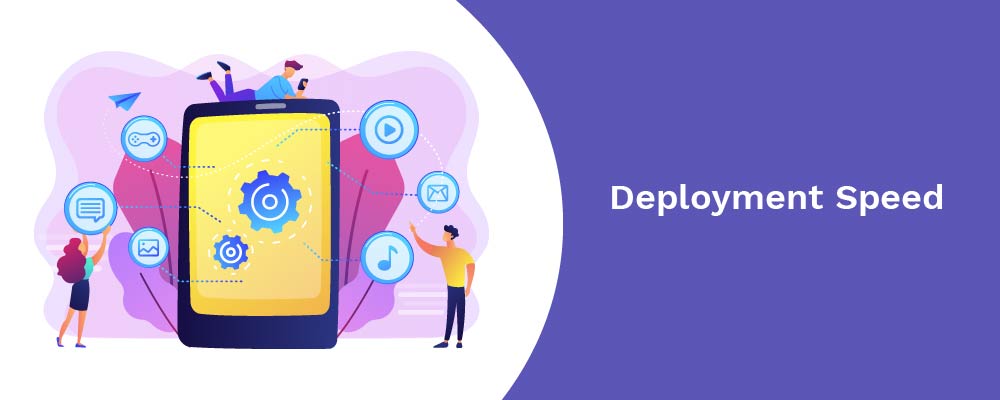
The acceptance or review process for Android-based apps to be launched on Google Play takes less time than iOS-based apps to get on Apple Store. The reason being that Android-powered apps are checked with automated tests, whereas iOS apps need personal expert verification.
Google allows developers to manage some errors, several versions to be submitted during a day. Android developers should be cautious not to publish an app with errors while there is a risk for an iOS app to be disapproved after waiting for a response from experts.
10. Market Share
OS is used on different devices like tablets, PDAs, smartphones, etc. They enable these devices to run programs and apps, thus, bringing advanced functions to mobile devices. Google-powered Android and Apple-powered iOS are the widespread OS in the smartphone industry. The study shows the global market share held by the leading smartphone OSs in sales to end-users.
The Endnote
While choosing a platform to develop mobile apps, you should consider some aspects. The most important part is to evaluate the components that distinguish these 2 platforms & keep them in mind while thinking about your business app.
